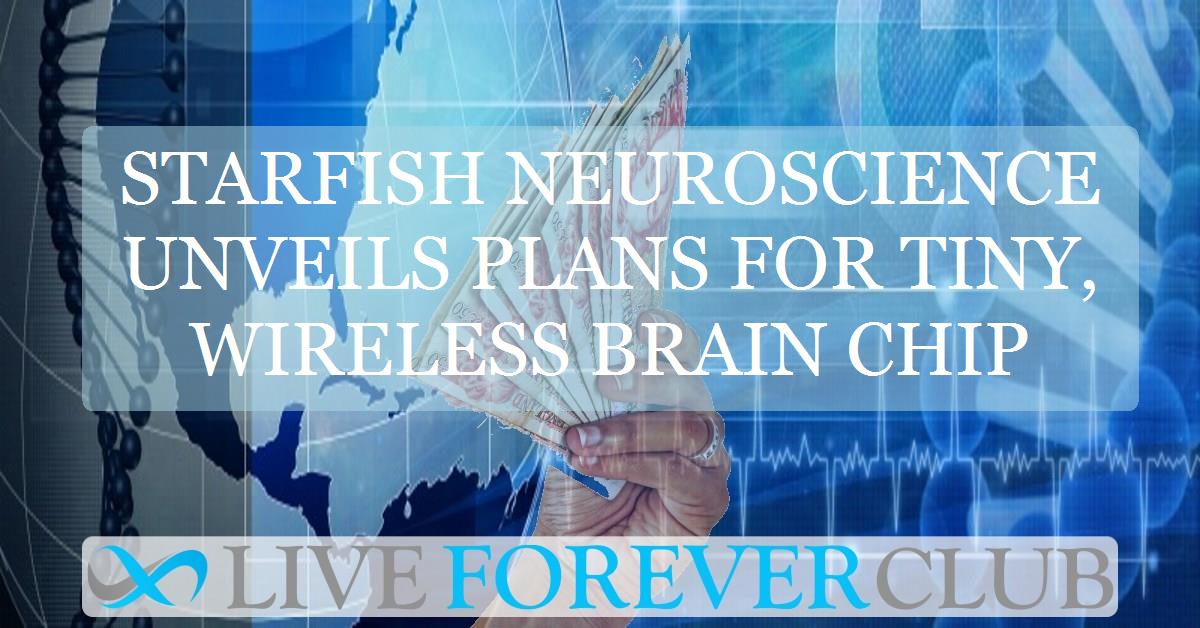Key points from article :
Valve CEO Gabe Newell — known for revolutionizing PC gaming with titles like Half-Life and the Steam platform — is now venturing into brain-computer interfaces (BCIs). His stealthy startup, Starfish Neuroscience, plans to release its first custom brain chip by late 2025, according to a blog post by lead engineer Nate Cermak. While the chip itself won’t be a full implant yet, it marks a key step toward Starfish’s goal of creating a more versatile, less invasive alternative to Elon Musk’s Neuralink.
The chip is designed to both record and stimulate brain activity — potentially aiding both human-computer interaction and neurological therapies. Unlike Neuralink’s more power-hungry and bulky systems, Starfish’s prototype emphasizes efficiency and minimalism: it measures just 2x4 mm, uses only 1.1 milliwatts, and doesn’t require a battery thanks to wireless power transmission.
Though it features fewer electrodes (32 vs Neuralink’s 1,024), Starfish aims for a broader reach. The chip could access multiple brain regions simultaneously, which the team believes is crucial for treating disorders like Parkinson’s, where disrupted circuits span across different areas of the brain.
In addition to the chip, Starfish’s roadmap includes a tumour-targeting hyperthermia device and an AI-guided TMS (transcranial magnetic stimulation) tool to treat mood disorders like depression and bipolar disorder. While a direct gaming application hasn’t been announced, the roots of this project trace back to Newell’s early experiments at Valve — suggesting this technology could eventually merge brains and gameplay in bold new ways.








